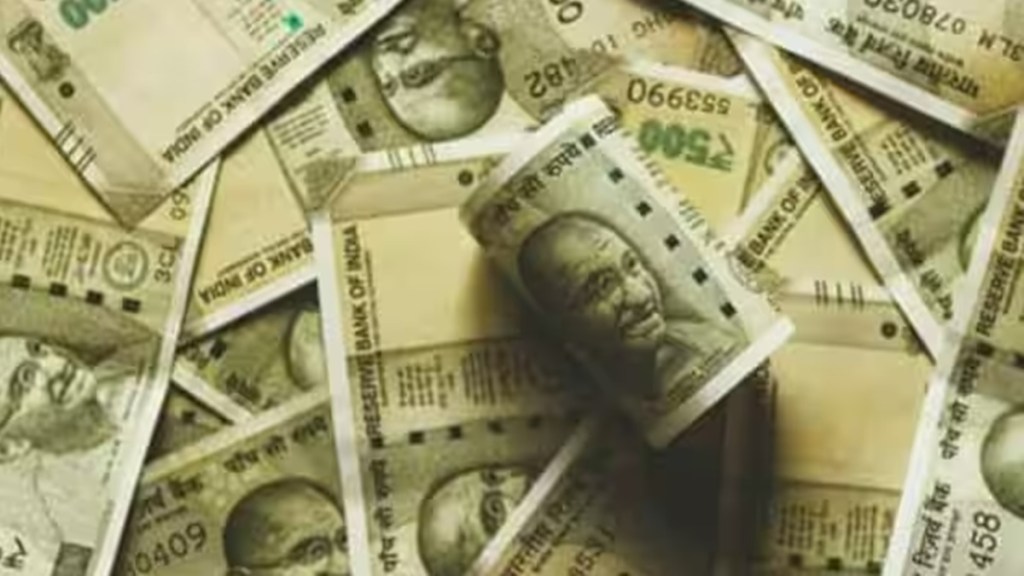Midway through the earnings season, headline numbers are worrying with the top line being the biggest pressure point. Companies have reported muted volume growth attributed by managements to subdued demand and inflation. For a sample of 445 companies, the growth in net sales has remained virtually flat in the June quarter compared with Q1FY23.
However, a sharp fall in input costs has seen operating profit margins expand by a big 305 basis points; the ratio of raw materials to sales are down 500 basis points. While net profits have risen by a strong 38% year-on-year, the growth is virtually flat if BPCL and IOCL, both of which swung from a loss to a profit, are excluded.
Companies that missed estimates on one count or another include HCL Tech, Tech Mahindra, Hindustan Unilever (HUL) and Bajaj Auto. Among the surprises were Dr. Reddy’s Labs, Larsen & Toubro and ACC.
Results from metals producers were expected to be weak – Tata Steel’s net profits fell by nearly 90% y-o-y. However, the sharp 26% y-o-y fall in the profits at Jubilant, on the back of a 350 bps drop in operating margins, was somewhat surprising, a sign of how weak the demand environment is.
Nonetheless, with commodity prices softening and realisations looking up, gross and operating margins have expanded for most companies across the board. Ashok Leyland, for instance, was able to take a 2% price hike during the quarter across its product range. At HUL, gross margins expanded 255 basis points y-o-y helped by price relief in commodities such as palm oil, soda ash and crude oil.
At Asian Paints, they jumped 545 bps, which was a nine-quarter high, led by price hikes in previous quarters, a deflation in raw material costs and procurement and operational efficiencies. Consequently, stand-alone earnings before interest, tax, depreciation and amortisation (Ebitda) margins, up 535 bps y-o-y, surpassed the historical Q1 peak. At Tata Motors, the stand-alone Ebitda margins for the commercial vehicles business jumped 370 bps helped by a richer product mix, price increases and smaller discounts. Cost optimisation measures drove up ACC’s Ebitda margins by 530 bps y-o-y.
Consumer-oriented businesses are clearly seeing softer demand. Revenues are growing but slower than expected partly because volumes aren’t going up as expected. At Asian Paints, stand-alone revenues were up only 7% y-o-y. At Nestle, although revenues rose a smart 15%, the volume growth is estimated at about 5%, slower than in the previous quarter. HUL’s revenues grew a muted 7% y-o-y with underlying volume growth at an anaemic 3%. Jubilant Foodworks’ top line growth decelerated to 5.6% y-o-y while same-store sales fell by around 3.3%. Although operating margins were helped by cheaper inputs, some of this was offset by higher employee expenses and promotional spends. At TVS Motors, for example, a bigger-than-expected salary bill and marketing spend restricted the margin expansion.
There’s much concern about the IT sector especially after Infosys’ shock cut in revenue growth guidance to 1-3.35% for the current year down from 4-7%. That Infosys decided to prune guidance despite the fact that contracts are being won and big deals are being signed suggests the cuts in discretionary spends are broad-based across the industry.
The profits, so far, have been boosted by numbers from BPCL and IOCL. BPCL posted a profit of Rs 10,550 crore in Q1FY24 against a loss of Rs 6,263 crore in the year-ago period. IOC reported a stand-alone net profit of Rs 13,750 crore in the June quarter compared with a net loss of Rs 1,992 crore in Q1FY23.


